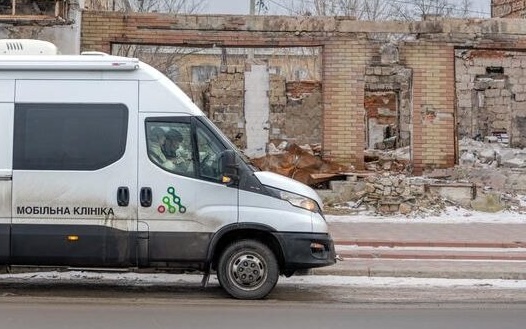Before the full-scale invasion in 2022, Ukraine had the second-largest HIV epidemic and the fourth-highest burden of Tuberculosis (TB) in the Eastern European region, but progress was being made. With the help of Global Fund investments over the last 20 years, rates of TB were falling, and people living with HIV were on treatment and knew their status. Drug-resistant TB remained an ongoing challenge in Ukraine. Domestic financing for HIV prevention services for key and vulnerable populations also increased, as did the capacity of community-led organisations.
Crises such as wars have a critical impact on the detection, treatment and control of infectious diseases and health systems. Since its inception, the Global Fund has been a driving force in the global health landscape, supporting communities and national efforts to dramatically cut death rates from these deadly diseases and strengthen fragile health systems in some of the world’s most vulnerable contexts. In times of crisis, this mission becomes even more urgent.
This report will highlight the devastating impact that Russia’s invasion has had on efforts to tackle TB and HIV in Ukraine, and how tackling the resurgence of infectious diseases is vital to protecting global health security and peace.
Watch: Dmytro and Yulia Face the Frontlines of War to Deliver Lifesaving Care in Ukraine
Despite the grave dangers of working in a conflict zone, Dr. Yulia Tatianchenko and Dmytro Korobenko continue to deliver life-saving care to communities completely cut-off from health services in eastern Ukraine. The two work on an Alliance for Public Health mobile team – Dmytro as a driver and coordinator and Yulia as a medical doctor.
The teams, usually 10 medical workers and support staff, travel from Kyiv to eastern regions of Ukraine to provide on-the-spot consultations as well as diagnostics and treatment. With support from the Global Fund, the mobile teams have completed 497 missions, reaching an estimated 20,000 people who otherwise have no access to care.
Watch this video to learn about their lifesaving work, and what motivates them to do everything they can to deliver lifesaving care, despite the risks of war.
